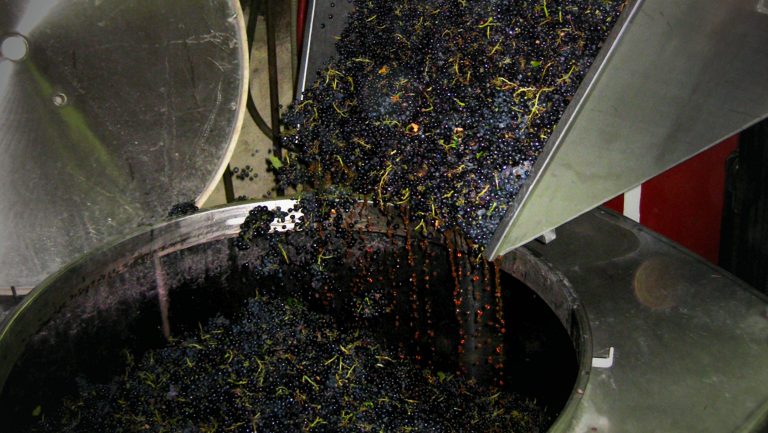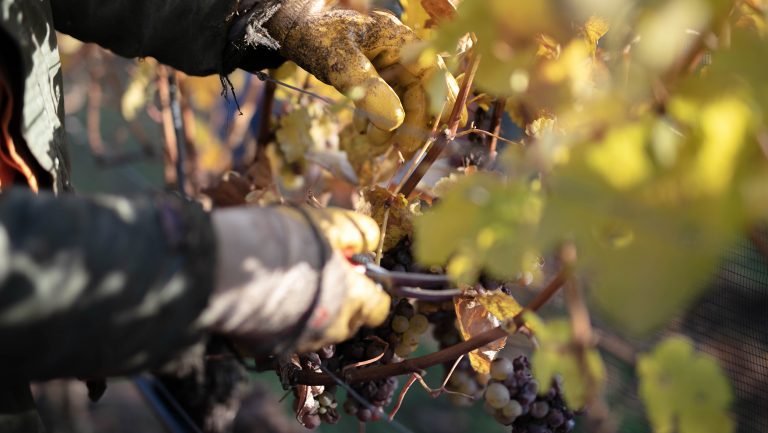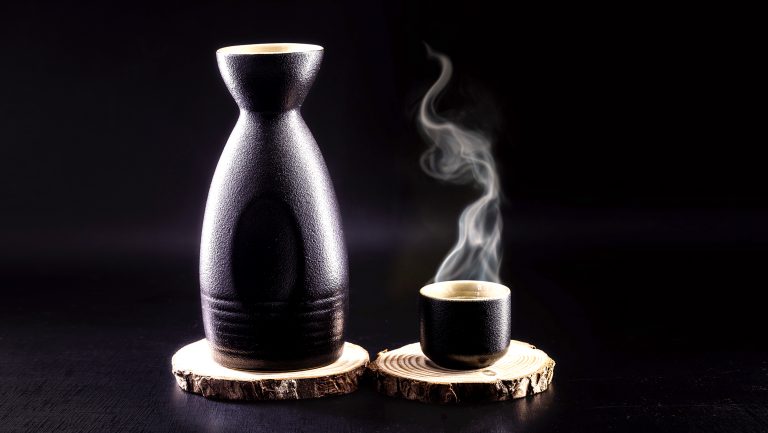
The Science of Carbonic Maceration in Wine
Carbonic maceration is known for creating lighter, fresher red wines, especially in Beaujolais, but research points to even more new applications for the technique

Jim Clarke writes about wine, beer, and spirits for trade and consumer publications, including Beverage Media, Fortune, and World of Fine Wine. He is a sommelier and the U.S. marketing manager for Wines of South Africa.

Carbonic maceration is known for creating lighter, fresher red wines, especially in Beaujolais, but research points to even more new applications for the technique

A key ingredient in the production of Japan’s most iconic foods and drinks, koji mold lies at the heart of the sake brewing process

A recent influx of new releases from Champagne houses has been spurred by a changing climate, a move towards terroir specificities, and increasing demand for this sparkling wine

Lees aging not only yields attractive aromas and textures for still and sparkling wines alike—it also prevents oxidation and structural instability. Here’s how

Across Greece, indigenous grape varieties are shedding old associations and offering a new, expanding view of Greek wine

Botrytis cinerea can ruin a grape harvest—or lead to some of the world’s most coveted wines. Researchers investigate why this happens and how it affects both the grapes and the finished wine

With a mission-driven distribution portfolio and a nonprofit events organization, Jahdé Marley is uplifting the people—and grape varieties—that the wine industry has traditionally discounted

As Americans’ love for apples coincides with a rising appreciation for brown spirits, Calvados finds a new home in the U.S. market

As disasters and losses become more common, wineries are paying more to protect themselves—driving up the cost of wine

Wine regions that receive higher levels of UV light are finding it comes with unexpected challenges—and benefits

Breaking the hot sake taboo, a growing number of restaurants are serving their high-end bottles warm

A new definition aims to bring clarity and consensus to the polarizing category, yet it may have the opposite effect